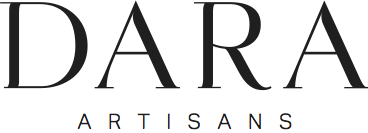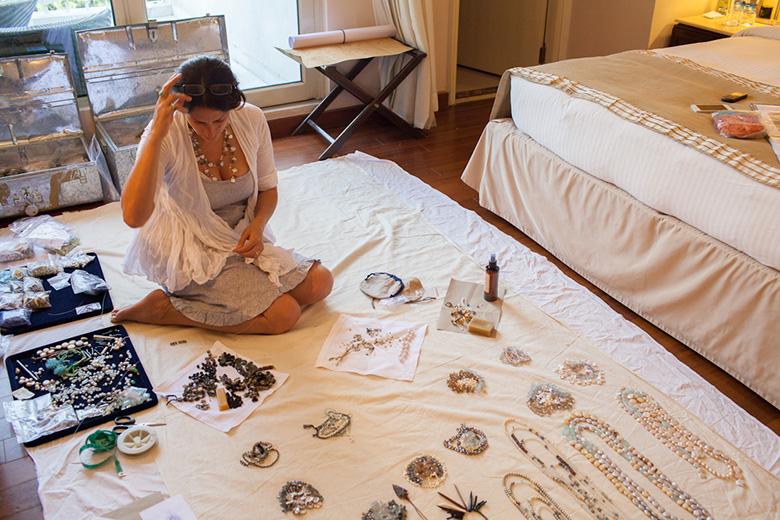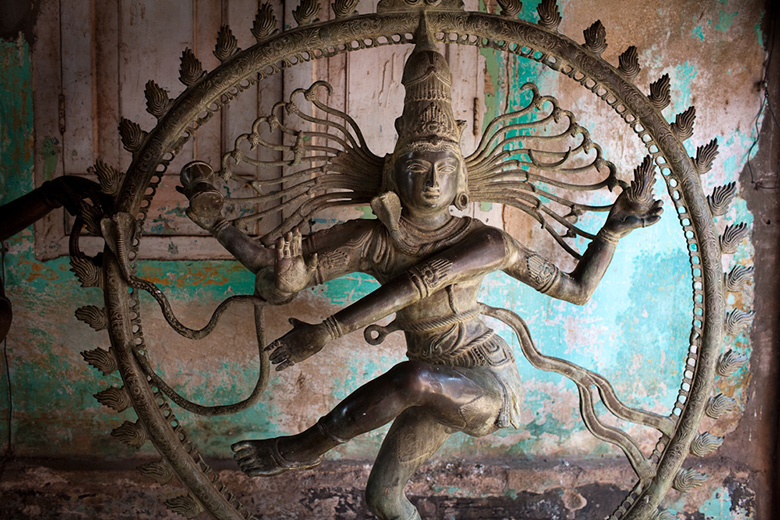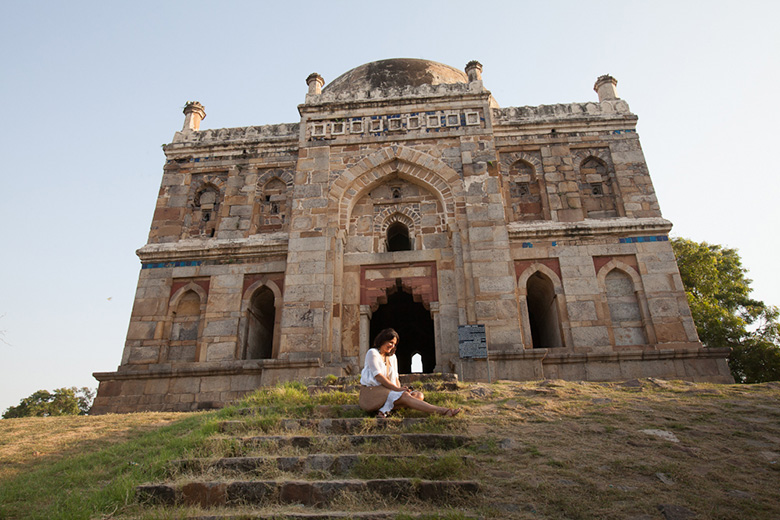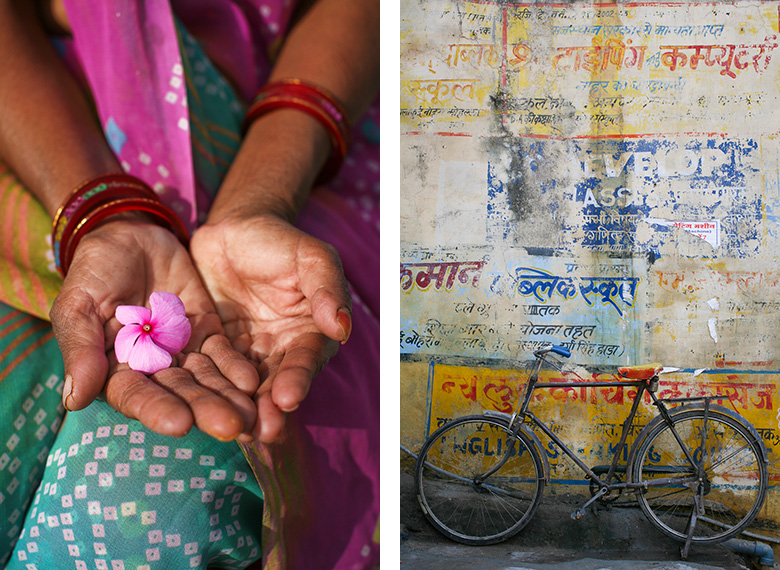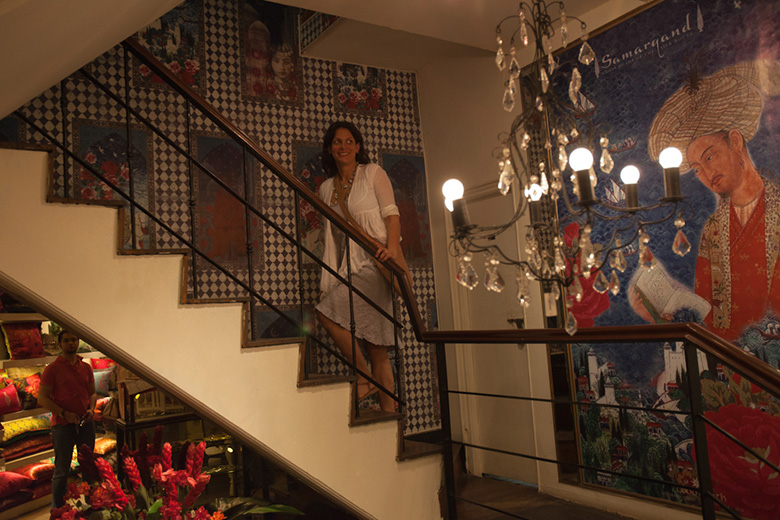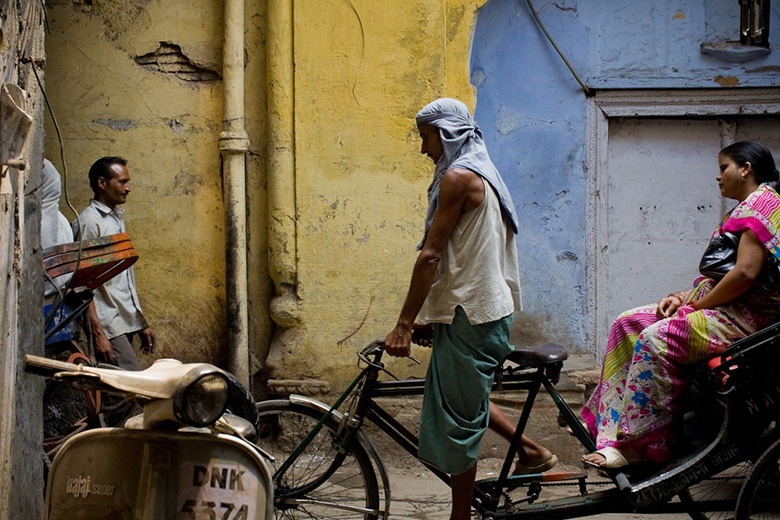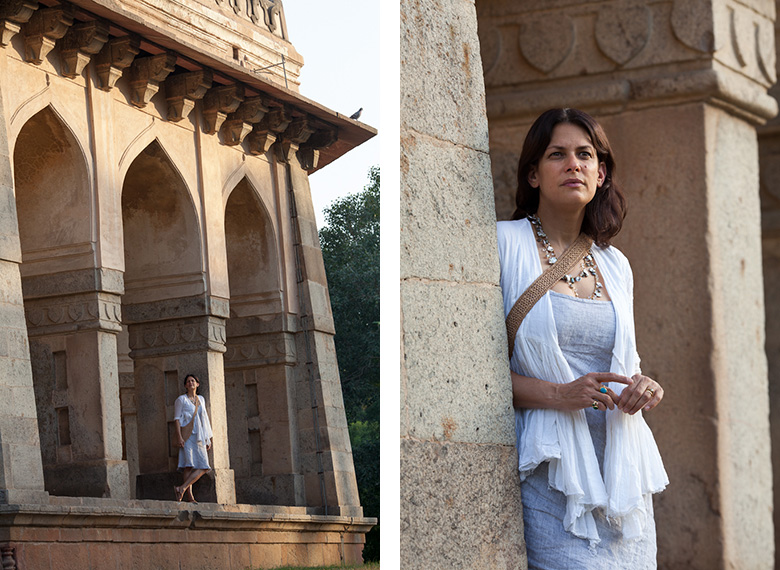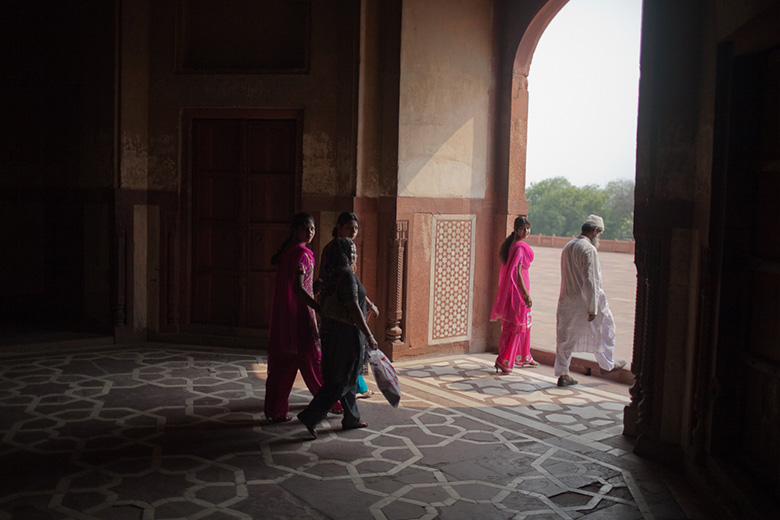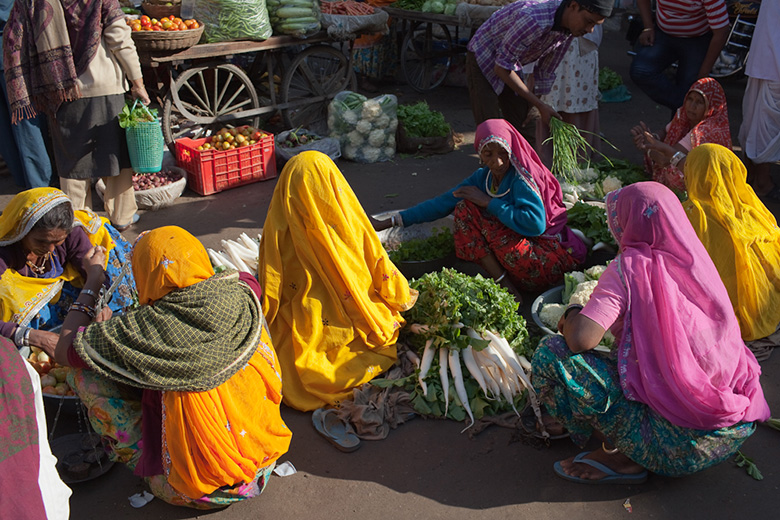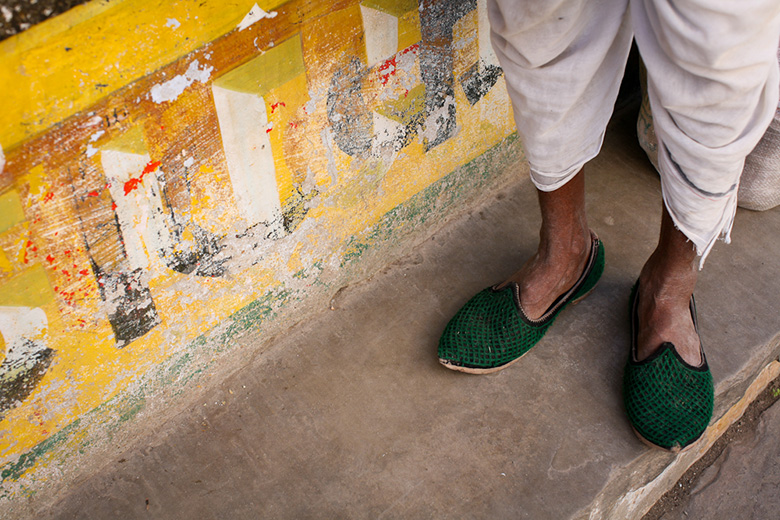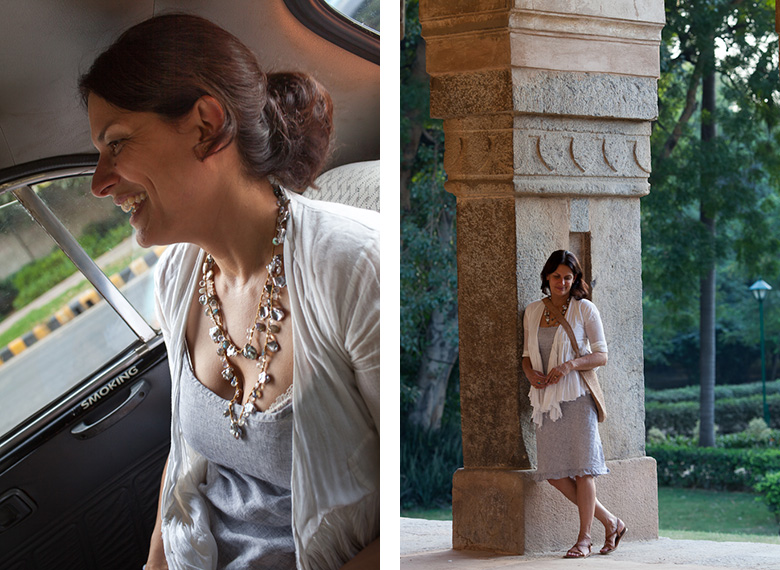Profile : Lena Skadegard
“We all work together,” says designer Lena Skadegard, who has, for a decade, labored alongside a family of Indian artisans in Delhi on her jewelry of uncommon, color-rich beauty. 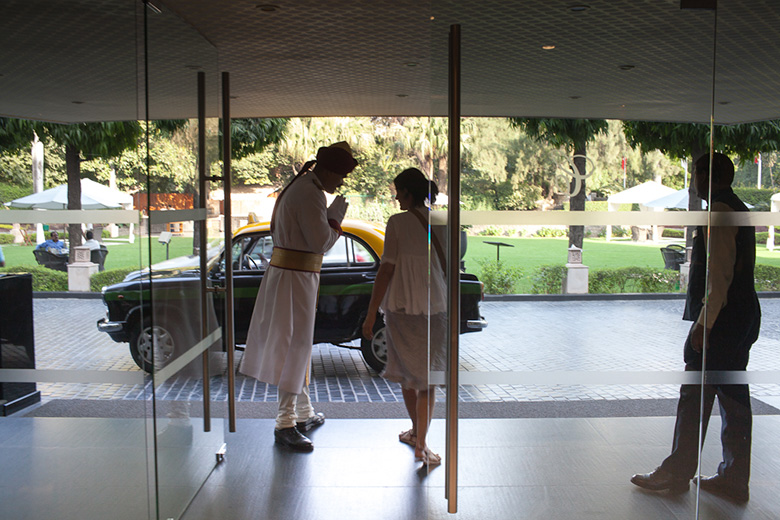
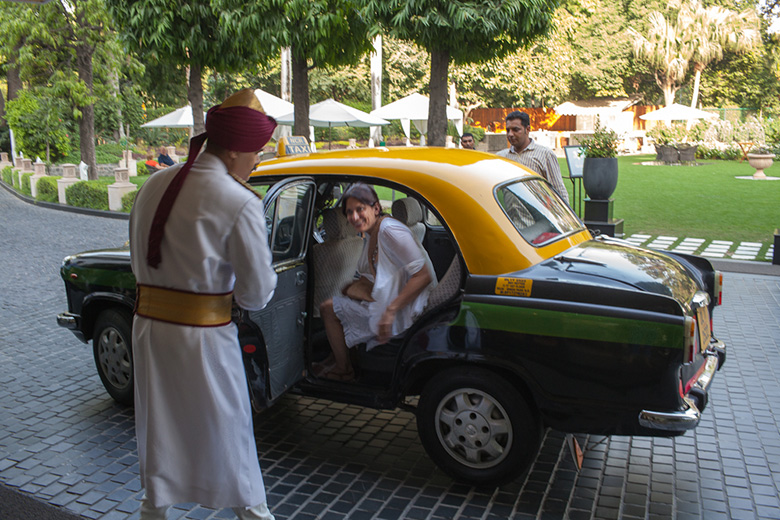 “Every aspect of jewelry making is done by this family. Ten years ago, when I signed on, I was surprised to find women working on the floor alongside the customers—unusual there. The man in charge is prickly, but progressive, and it has been incredibly important for me to have that community there.”
“Every aspect of jewelry making is done by this family. Ten years ago, when I signed on, I was surprised to find women working on the floor alongside the customers—unusual there. The man in charge is prickly, but progressive, and it has been incredibly important for me to have that community there.”
Skadegard’s history with India is long and rich. Though her father is Danish, her mother is of Kashmiri descent. “She’s very westernized—she’s not religious, she’s not superstitious,” Skadegard says, but still, this connection to the country has provided her with an intimate window into some of its peoples’ beliefs. “I was very interested in Indian astrology,” says Skadegard, who lived with her mother’s father in Kashmir for a long stretch of time when she first began making jewelry. Now, she travels there frequently, to buy stones in Jaipur and to oversee the production of her bracelets, necklaces, and other pieces in Delhi. “When you go to Jaipur to buy stones, you go into these rooms, and they’re white—the walls are painted white, and they put down white sheets, so all you really see are these little heaps of colored stones, little mountains of color,” says Skadegard. “It’s a landscape, an incredibly three-dimensional painting.” That aspect, of brilliantly colored mosaics, is part of the reason why her work is best worn in assembly. Each piece lends a new dimension to the others. “I have these really lovely women who’ll buy a piece each season, and those piece will go together and have a dialogue with each other,” she says. “I love it when people create a miniature world with them.”
“When you go to Jaipur to buy stones, they
put down white sheets, so all you really see are these little heaps
of colored stones, little mountains of color”
________
A Scottish cousin taught Skadegaard, who was raised in central New Jersey, to bead when she was 11. One of her earliest projects involved making “these elaborate beaded pieces, with Indian antique silver,” which she sold at Grateful Dead concerts. Her materials changed: “I started with fossils, found objects, vintage talismans that were set in gold, or mineral-rich stones that didn’t necessarily have a precious quality,” she says. Her other studies and experiences heavily influenced her aesthetic, whether living in Paris; pursuing a master’s degree in painting; a long spell with as a manager with the Christiane Celle’s Calypso, where she was encouraged to develop and showcase her work; and courses in both social work and philosophy. “I tend to get philosophical about things, including things as simple as jewelry,” she says. “Really, it’s just this beautiful adornment for women and men, yet it fascinates me on so many levels. We infuse meaning into something.”
Skadegard’s work is rich with meaning, and even a cursory glance at the jewelry on her wrists reveals layers about her beliefs and imagination. “I wear turquoise because I’m a Sagittarian, and I created my own little mythology around it,” Skadegard says. “Lapis and turquoise were used in certain cultures to protect horses, so I kind of blend it all together. I have a symbol—today it’s a lotus, tomorrow it could be something else.” In this sense, Skadegard’s jewelry takes on the function of talismans. “It’s what we choose to believe and the manifestation we choose to believe in—a tangible object that reinforces what we are and what we believe. To me, that’s what a talisman is.”
Skadegard’s jewelry takes on the function of talismans.
“It’s what we choose to believe and the manifestation we choose
to believe in—a tangible object that reinforces what
we are and what we believe.
________
Talismans, objects believed to exert power regardless of their technical flaws or defects inspire Skadegard who celebrates and works with stones that fall short of perfection. At a painting workshop in Vermont, Skadegard met a man who introduced her to Herkamer diamonds, named for the county in upstate New York where they’re mined. “There was a guy who worked in the kitchen, and he had a truck, and in that truck was a mound of dirt, and in that mound of dirt were all these sparkly things,” says Skadegard. He offered to let Skadegard sift through and take what she liked, but she decided on a trip to a Herkamer mine instead. “You can get perfect Herkimers that look like diamonds, and you can get very imperfect Herkimers that are more like human beings—they’re beautifully imperfect, with these really unique inclusions, so no two are alike. I remember the owner saying she had double-As, triple-As, and I was like, ‘No, no—show me your rejected stones.”
That appreciation of the imperfect as beautiful and handmade as a form of expression continues today, in both her jewelry work and a revitalized interest in textiles. She’s dressed in clothing of her own design; selling at three shops in London. “It’s soothing—it’s comforting on the eye to go into soft textiles, when you need a break visually from the hardness of stones,” she says. “It’s really fun, when I have time—whenever I’m in India, waiting for production, I go and pick out fabrics and make clothes.”
Photographed in Dehli by Julie Hall
For Lena’s favorite places see the story Top Picks : Lena Skadegard’s New Dehli
